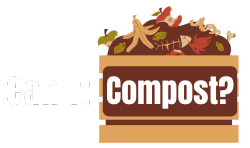Can I Compost Moldy Food?
Moldy food can be composted, but requires careful handling to minimize risks.


Sourced & Cited
Moldy food, while generally compostable, presents some challenges. The mold itself is decomposable, but the underlying food may have started to break down in undesirable ways. Proper composting techniques are crucial for safe and effective decomposition.
Compost Classification
Green (Nitrogen-rich): Moldy fruits and vegetables are still predominantly nitrogen-rich due to their high moisture content. Their decomposition contributes nitrogen to the compost pile, but the mold needs to be managed properly.
🏷️ Tags
Important characteristics to know about this item:
Breaks Down Slowly Use in Moderation Pest Attraction Risk Odor Risk
⚠️ Potential Risks
- Attracting pests like rodents or insects
- Producing unpleasant odors during decomposition
- Potentially spreading mold spores if not properly managed
- Slower decomposition rate compared to fresh food scraps
💡 Best Practices
- Chop moldy food into 1-inch pieces to increase surface area for faster decomposition.
- Bury moldy food deeper within the compost pile to help contain odors and minimize pest attraction.
- Mix with ample brown materials (e.g., dried leaves, shredded paper) to balance the carbon-to-nitrogen ratio and promote proper decomposition.
- Ensure adequate aeration within the compost pile to prevent anaerobic conditions that can worsen odor and pest problems.
- Monitor the pile for unusual odors or pest activity; address issues promptly.
